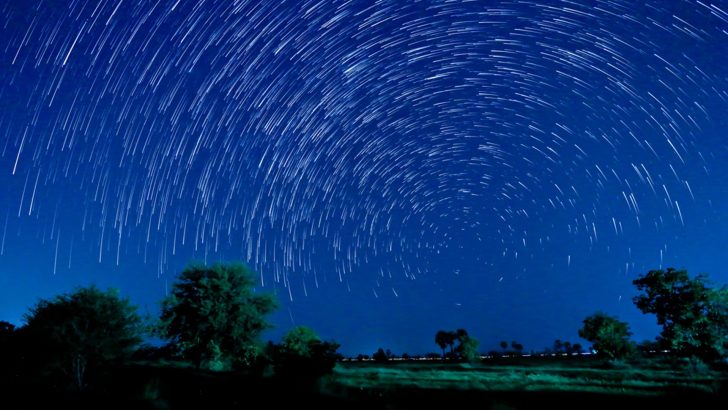Seamus Cashman
“I walk ever so slowly to gate and stile. / Poetry is shrinking almost to its bones”, announces the poet, a cry I know I must protest at – having just read the preceding 67 poems in Angel Hill – only to find reassurance two pages and four poems later with the gorgeous fruit of the final image in the collection: “Greylag geese are flying / In regular formation / Along the shoreline, sky-shapes, / An image of poetry.”
Shrunken to the words-bone, the poet explained in an interview on RTÉ’s Arena recently, but for the reader still bearing all the flesh and sinew bones might need for the muscle of vision. This poetry seeks to gift, to offer unforgettable affirmations, and is a promise that though these greylag geese are flying on the “last day of the year”, that new years aplenty are in waiting with still more poems still to come.
Assured voice
Longley’s No Continuing City in 1969 was my initial introduction to his work, and he was then and is always an assured voice and poet, in some ways comforting – not couch or armchair comfort; more that of the tree stump in a wood or the boulder by riverside or sea shore where there is always that alert breeze and gusting swirl of idea in the open air.
Outdoor sight- and sound-scapes, close-up or distant, are his energetic nourishments and awakening calls, perhaps “beneath a leafy canopy or gazing ‘up through cathedral / Branches at constellations”, or counting tree rings and asking questions: “could a hermit feast on thistle-heads?”
But he is ever aware of other particulars, and of the darker things, “those 30 years / The Years of Disgrace”. Though Longley is never far from nature’s embracing arms, he also is deeply present to family and friendships, and to community. Angel Hill is a stream of encounters, acknowledgments, to now and to then, often unveiling quiet crystalline truths that are “large enough to hold the whole world”.
A painful world it can be too. Unusually for me on encountering a new volume, I read this collection sequentially, from beginning through to the final poem, and in just three of four sittings. Some of the poems and lines en route signpost undercurrents of tragedy that wells in all communities; but none had prepared me for what is a powerfully significant still-point of this book, his poem, ‘The Mother’s Lament after Peadar O Doirin (c. 1700–1769)’.
Memory
I found myself instantly pencilling around this short 12-line poem, these words: “There is no ‘where’ to go to beyond this – and without bearing it on your own shoulder too, as if a memory, to a place beside you at some river bank as you meditate on the water’s flow, the trout and pike feeding underneath”.
For it is a hard poem. A hard history. A hard present too, ferrying the hardness of war, of violence, of the human extreme. On seeing a mother helplessly listen to her child scream from the end of ‘a pike’, there is nowhere to go to; only to bide a while before turning the page. Yet even then there seems to be an inability not to return at once to re-experience the poem.
However, the poet himself did indeed have a where to go to: it is to that short five line poem already referred to above, ‘The Troubles’:
“Think of the children
Behind the coffins.
Look sorrow in the face.
Call those thirty years
The Years of Disgrace.”
After this the reader is led through other landscapes of the cross, a grassy local trench, a ‘ghost-hole’, dug during ‘the last war’, and through thistle and storm to accompany Seamus Heaney ‘after Bloody Sunday’, to remember Oisin Ferran— and to the irony of war songs.
The whole collection segues outwards from itself across Irish and Scottish landscapes, soaring with John Clare’s line of great beauty, that “poets love nature and themselves are love…” through a closing nest of short poems full of grace and delicacy, where image after image flutter around us like butterfly wings, some exquisitely dappled, some “wild and melodious” on to Longley’s wondrous “sky-shaped” vision of beauty, and of poetry.



